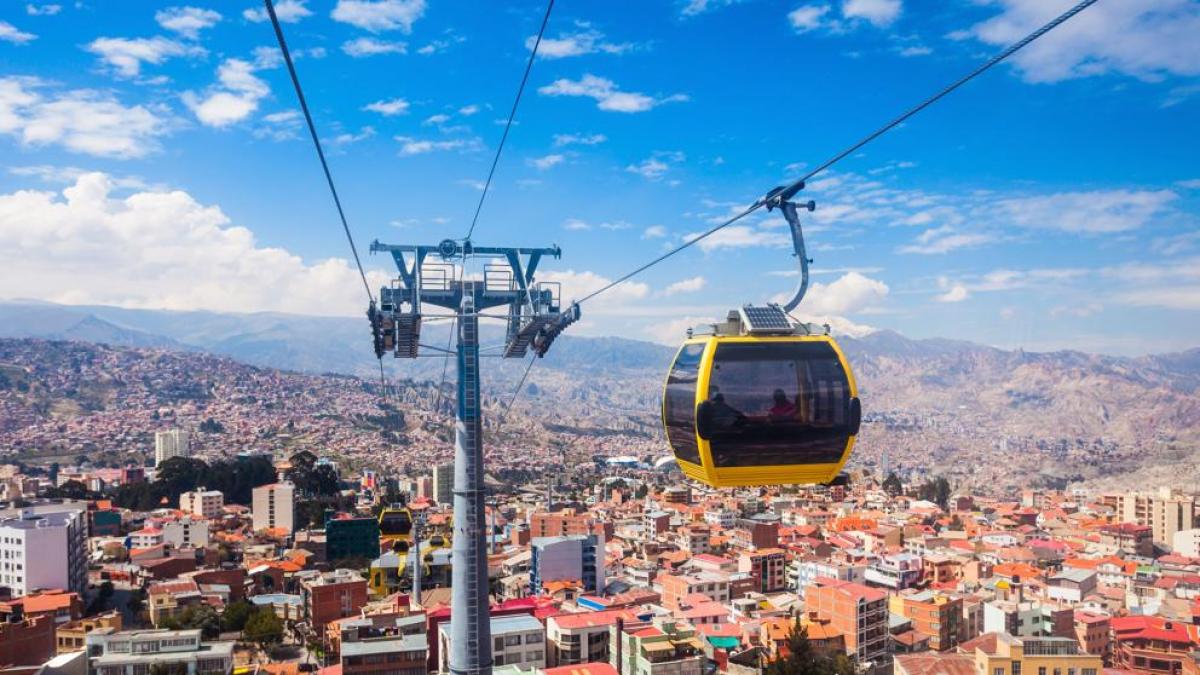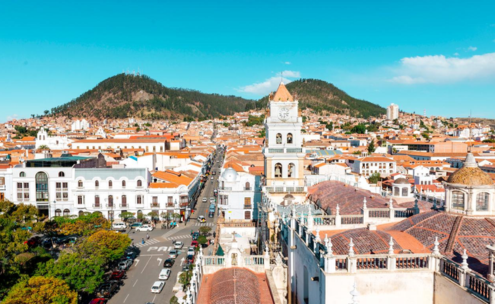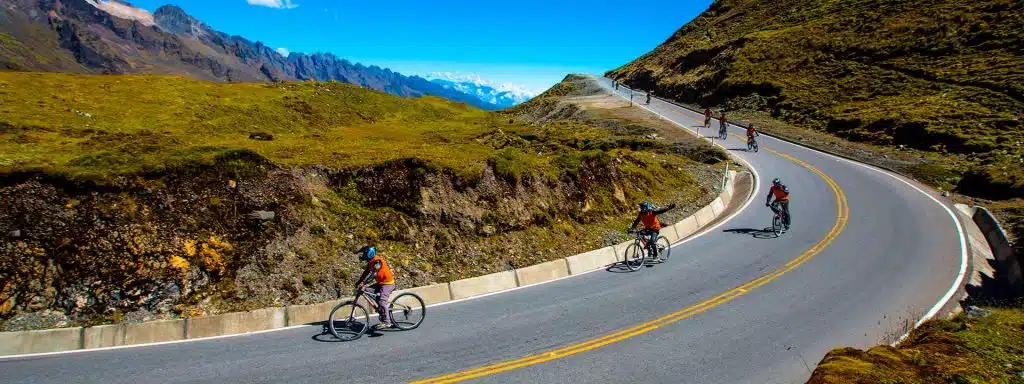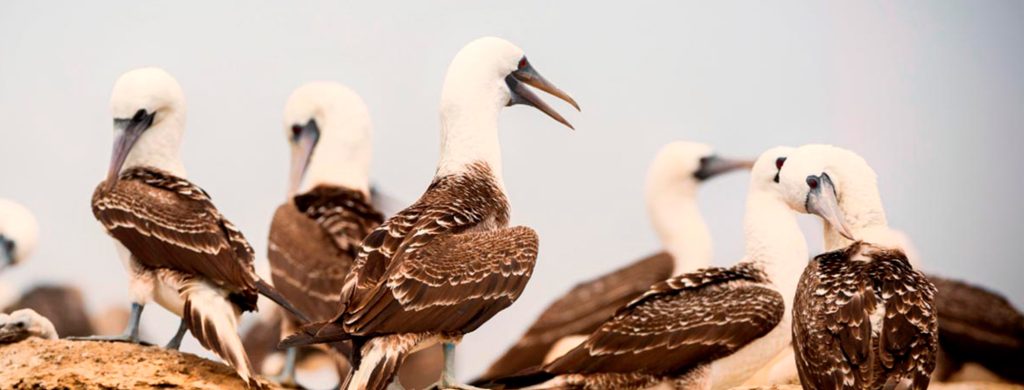Bolivia is a country with a fascinating history, and one of its most interesting curiosities is the question of its capital. If you’ve ever wondered what the capital of Bolivia is, you’ve probably heard two cities: La Paz and Sucre. So why the confusion? And which of these two is truly Bolivia’s capital?
Throughout this article, we’ll clarify the capital of Bolivia, explore the history behind both cities, and explain why Bolivians and travellers alike often feel unsure about this topic. We’ll also cover curiosities, “mysteries,” and the country’s most visited sights. Join me.
Quick summary: Sucre is the constitutional capital; La Paz is the seat of government
The short answer: Sucre is Bolivia’s constitutional capital, while La Paz is the seat of government and the administrative capital. That can be confusing, especially since La Paz hosts the executive, the legislature, and many government bodies. However, Bolivia’s constitution designates Sucre as the official capital, and it’s where the country’s declaration of independence was signed in 1825.
La Paz, on the other hand, became the seat of government due to its geographic, economic, and political importance. It is the country’s largest and most populous city and offers more developed infrastructure than Sucre. That’s why many people call La Paz the “capital” in practice, but constitutionally Sucre remains the capital.

Why does Bolivia have “two capitals”? Brief history and constitution
To understand this split, we need history. Bolivia was founded in 1825 after gaining independence from Spain. Initially, Sucre was designated the constitutional capital, and the first organs of the new state were set there. In fact, the 1826 constitution proclaimed Sucre the official capital of Bolivia, and for many years it was the country’s political and administrative centre.
In 1898, however, the seat of government moved to La Paz as the city grew in political and economic weight. La Paz was better connected to the rest of the country and more influential in business and trade, making it the practical base for the executive and legislature. Despite that move, the 2009 constitution reaffirmed Sucre as the constitutional capital, creating Bolivia’s unique “two-capital” setup.
Sucre: Constitutional capital and seat of the judiciary
Sucre remains highly important. Although it does not host the seat of government, it is the constitutional capital and home to the Supreme Court of Justice. The city is renowned for its rich history, well-preserved colonial architecture, and key role in Bolivia’s independence. One emblematic building is the Casa de la Libertad, where independence was signed in 1825.
Sucre also hosts many universities and higher-education institutions, giving it a strong academic feel. Its historic centre is a UNESCO World Heritage Site, prized for whitewashed streets and red-tile roofs that preserve its colonial charm.

La Paz: Administrative capital and political heart
La Paz is Bolivia’s largest city, with over 800,000 inhabitants. It sits at more than 3,600 metres above sea level, making it the world’s highest seat of government. The setting delivers a unique atmosphere and dramatic scenery, with mountains framing views of the Andes.
La Paz is also Bolivia’s economic hub. Many major companies are based here, and it hosts institutions such as the Palacio Quemado (the presidential residence) and Plaza Murillo, the political centre where the buildings of the three branches of the state stand: executive, legislative, and judicial.
One of La Paz’s most striking features is its network of cable cars linking different parts of the city. They are an efficient transport system and a tourist draw with sweeping views of the urban bowl and surrounding peaks.
“
“La Paz, though not Bolivia’s official capital, is the country’s political and economic heart.”
”
Curiosities and mysteries about Bolivia’s capitals
Urban mysteries of La Paz
La Paz is full of surprises. One of the most intriguing is its extreme altitude, which brings on “altitude sickness.” As you ascend to the city, your body adjusts to thinner air, which can cause headaches, fatigue, and shortness of breath, especially if you’re not used to high elevations. Despite this initial hurdle, La Paz is vibrant, dynamic, and deeply cultural.
La Paz also has a unique energy thanks to its blend of tradition and modernity. You’ll find colourful markets full of local products, like the famous Witches’ Market selling amulets and traditional remedies, just steps from modern shopping centres and high-rises.
The capital confusion
A persistent curiosity is the ongoing confusion about Bolivia’s true capital. Visitors—and even some locals—are unsure because of the dual arrangement. While La Paz carries political and administrative weight, Sucre remains the official capital. The duality sparks debate and even Bolivians don’t always agree.
Bolivia’s most visited attractions
La Paz
- Witches’ Market: A unique market in central La Paz known for goods tied to Andean beliefs and folk medicine. You’ll find everything from amulets to potions for good luck.
- Plaza Murillo: The political heart of La Paz, surrounded by key buildings such as the Government Palace and the Metropolitan Cathedral.
- Valley of the Moon: A natural area near the city with otherworldly rock formations. Great for short hikes and geology lovers.
Sucre
- Casa de la Libertad: The historic building where Bolivia’s declaration of independence was signed in 1825. One of the country’s most important symbols.
- Metropolitan Cathedral of Sucre: On Plaza 25 de Mayo, this baroque landmark is among Bolivia’s most notable religious buildings.
Uyuni
-
- Salar de Uyuni: The Uyuni Salt Flats are the largest in the world and one of Bolivia’s most awe-inspiring sights. In the rainy season they turn into a vast mirror reflecting the sky.

Potosí
- Cerro Rico: The mountain that fuelled Spanish wealth with its silver. Today you can tour parts of the mines and learn their history.
Cochabamba
- Cristo de la Concordia: A giant Christ statue, even taller than Rio’s, with sweeping views over Cochabamba.
- Tunari National Park: Perfect for nature lovers, with varied trails and striking landscapes.
Comparison table: Sucre vs La Paz
| Feature | Sucre | La Paz |
|---|---|---|
| Constitutional capital | ✔️ | ❌ |
| Administrative capital | ❌ | ✔️ |
| Altitude | 2,800 metres above sea level | 3,650 metres above sea level |
| Population | 300,000 (approx.) | 800,000 (approx.) |
| Historic centre | ✔️ (World Heritage Site) | ❌ |
| Main attractions | Casa de la Libertad, Metropolitan Cathedral | Witches’ Market, Valley of the Moon, Cable cars |
| Seat of the Supreme Court of Justice | ✔️ | ❌ |





